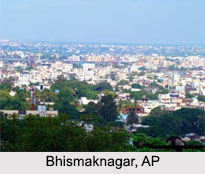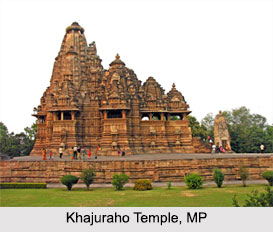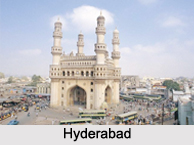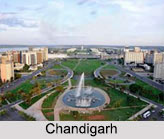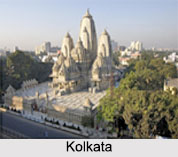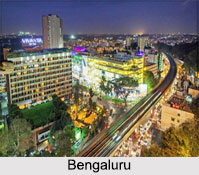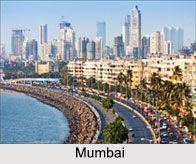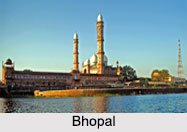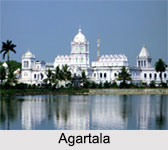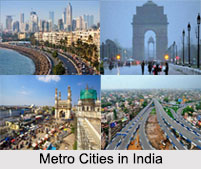 Economy of Jeypore, though has the agricultural view point, the industries of secondary sectors are playing a vast role in monitoring the economic pillar of the state of Odisha and the city as well. Jeypore is well equipped with rail, road and airways communication and so that the business here is flourishing along with agriculture. The tertiary sector business is also flourishing with the establishment of various shopping malls, multiplex and the media services.
Economy of Jeypore, though has the agricultural view point, the industries of secondary sectors are playing a vast role in monitoring the economic pillar of the state of Odisha and the city as well. Jeypore is well equipped with rail, road and airways communication and so that the business here is flourishing along with agriculture. The tertiary sector business is also flourishing with the establishment of various shopping malls, multiplex and the media services.
Jeypore as the Business Abode
Jeypore is the business hub for southern Odisha as well as the bordering towns of Andhra Pradesh. There is high potential growth of this town due to high minerals, opportunities, resources around the district adding to all the facilities like rail, air in this town.
Industries in Jeypore
There are many renowned industries in and around Jeypore. Business units including Sewa Paper Mills are now a part of BILT, and numerous rice and cashew processing units. PSU Company Power Grid Corporation of India has its 400 KV substation with FSC system at Kaliagaon. NALCO, Hindustan Aeronautics Limited (HAL) and Coffee Board are some prominent government based units situated nearby. Huge granite deposits on hills, rich forests and forest-based produce are important contributors to Jeypore"s economy. Apparels, shoes and animal products are also significant contributors.
Upper Kolab Hydro Electric Project
Upper Kolab Hydro Electric Project was taken up for excavation in the year 1976 by the Irrigation and Power Department, Govt. of Odisha. This multipurpose project utilises the water potential of river Kolab a tributary of Godavari River, for hydro-electric power generation, providing irrigation facilities by lift canal irrigation, and supplying drinking water to Damonjodi, Koraput, Sunabeda and Jeypore town.
Small Scale Industries in Jeypore
There are many small scale industries office situated in Jeypore to promote the growth of industries in this region. There are certain allocated lands marked as Industrial areas which proposed for all future growth.
Banking System in Jeypore
There are many major public and private sector banks that have their branch offices like SBI, HDFC, Axis, ICICI, Punjab National, Indian Bank, IOB etc. All public sector insurance companies like LIC, Oriental etc. also have their offices in Jeypore.
Related Articles
Odisha
Temples of Odisha
Districts of Odisha
Puri, Odisha
Forts in Odisha
Crafts of Odisha
Beaches of Odisha
Cities of Orissa
